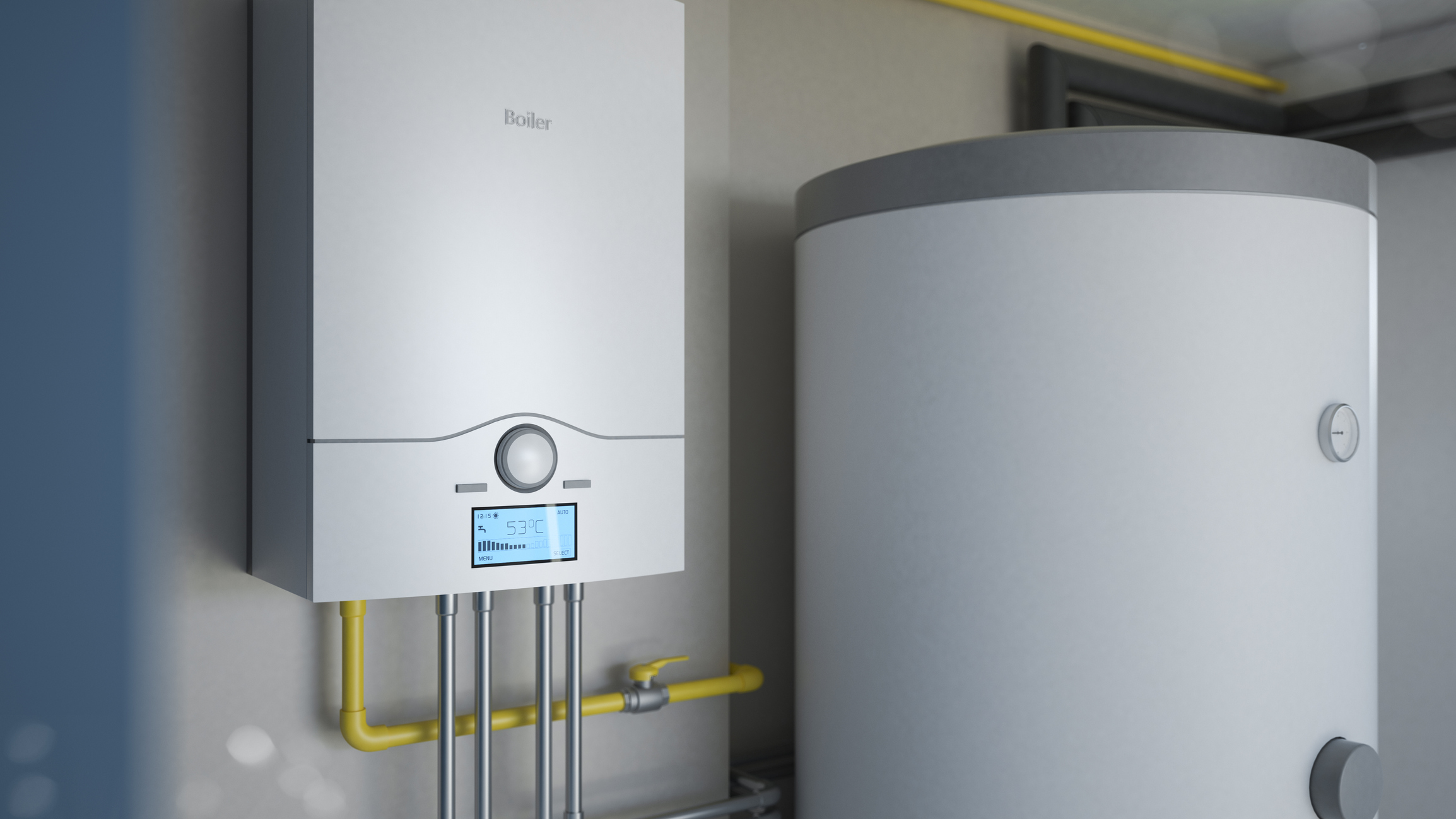Effective Techniques for Caring for Your Home's Hot Water System
Effective Techniques for Caring for Your Home's Hot Water System
Blog Article
We've found this post pertaining to Tips on Maintaining a Water Heater directly below on the web and figured it made perfect sense to quickly share it with you on this page.

Warm water is necessary for daily convenience, whether it's for a rejuvenating shower or cleaning recipes. To ensure your warm water system runs effectively and lasts longer, routine maintenance is key. This post offers functional tips and understandings on exactly how to keep your home's hot water system to prevent disturbances and costly repair work.
Intro
Keeping your home's hot water system may appear difficult, yet with a few straightforward steps, you can ensure it operates efficiently for several years to come. This overview covers whatever from recognizing your hot water system to DIY maintenance ideas and knowing when to contact professional assistance.
Value of Keeping Your Warm Water System
Regular maintenance not only prolongs the lifespan of your warm water system however additionally guarantees it operates effectively. Neglecting upkeep can result in reduced performance, greater energy bills, and even early failing of the system.
Indicators Your Warm Water System Requirements Maintenance
Recognizing when your warm water system requires interest can protect against major concerns. Watch out for indications such as irregular water temperature level, odd sounds from the heater, or rusty water.
Flushing the Water Heater
Purging your hot water heater eliminates sediment accumulation, enhancing effectiveness and extending its life.
Monitoring and Replacing Anode Rods
Anode poles avoid rust inside the storage tank. Inspecting and changing them when worn is essential.
Complicated Issues Needing Professional Aid
Instances consist of significant leaks, electric issues, or if your hot water heater is constantly underperforming.
Regular Professional Maintenance Conveniences
Specialist maintenance can include detailed assessments, tune-ups, and ensuring conformity with safety and security criteria.
Inspecting and Adjusting Temperature Level Settings
Adjusting the temperature level setups ensures ideal performance and safety and security.
DIY Tips for Upkeep
You can execute several maintenance jobs on your own to keep your hot water system in top problem.
Checking for Leaks
Routinely check pipelines and links for leakages, as these can result in water damages and greater costs.
Understanding Your Warm Water System
Before diving right into upkeep jobs, it's valuable to understand the basic components of your warm water system. Commonly, this includes the hot water heater itself, pipes, anode rods, and temperature level controls.
Monthly Upkeep Tasks
Regular month-to-month checks can aid catch small issues prior to they escalate.
Checking Pressure Relief Valves
Examining the pressure safety valve ensures it functions properly and protects against excessive stress buildup.
Protecting Pipelines
Protecting hot water pipes lowers warm loss and can conserve energy.
When to Call an Expert
While do it yourself maintenance is beneficial, some problems require expert proficiency.
Final thought
Routine upkeep of your home's hot water system is essential for effectiveness, long life, and cost savings. By complying with these tips and understanding when to look for expert aid, you can guarantee a reliable supply of hot water without unforeseen disturbances.
How to Maintain an Instant Hot Water Heater
Before tinkering with your hot water heater, make sure that it’s not powered on. You also have to turn off the main circuit breaker and shut off the main gas line to prevent accidents. Also turn off the water valves connected to your unit to prevent water from flowing into and out of the appliance. 2. When you’re done, you have to detach the purge valves’ caps. These look like the letter “T†and are situated on either side of the water valves. Doing so will release any pressure that has accumulated inside the valves while at the same time avoid hot water from shooting out and burning your skin. 3. When the purge valves’ caps are removed, you have to connect your hosing lines to the valves. Your unit should have come with three hoses but if it didn’t, you can purchase these things from any hardware or home repair shops. You can also get them from retail stores that sell water heating systems. Read the user’s manual and follow it to complete this task properly. When the hosing lines are connected, open the purge port’s valves. 4. You should never use harsh chemical cleaners or solutions when cleaning your unit. Make use of white vinegar instead. It should be undiluted and you’ll probably use about 2 gallons. 5. Now flush your water heater. This task should probably take about 40 minutes. We can’t give you specific directions for this because the procedure is carried out depending on the type, model and brand of your heater. With that being said, refer to the user’s manual. 6. When you’re done draining the unit, you have to turn off the purge port valves again. Remove the hosing lines that you earlier installed on each of the water valves. Put the valve caps (purge port) back in their respective places and be very careful so as not to damage the rubber discs that are found inside these caps. 7. Now that everything’s back in place, check your user’s manual again to find out how to reactivate your water heating system. 8. Once it is working, turn one of your hot water faucets on just to let air pass through the heater’s water supply pipes. Leave the tap on until water flows smoothly out of it. https://www.orrplumbing.com/blog/2014/september/how-to-maintain-an-instant-hot-water-heater/

I stumbled upon that page about Tips For Maintaining Your Hot Water Heater when surfing the search engines. In case you liked our article please do not forget to share it. Thanks so much for going through it.
Call Today Report this page